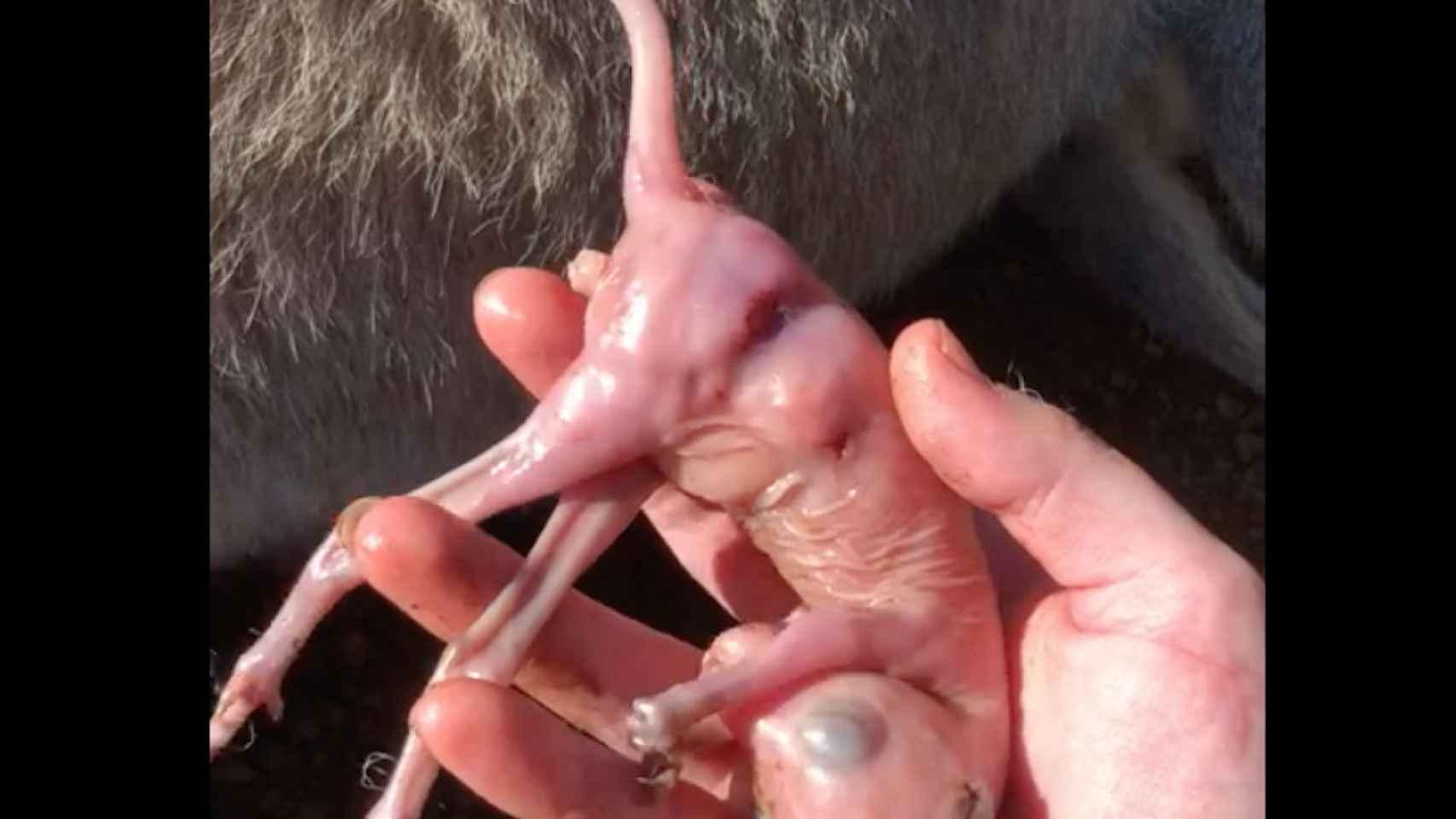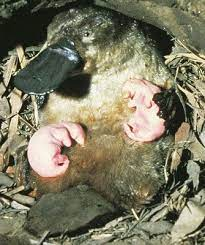I have been doing little research about egg laying. Namely ones involving humanoids. General consensus seem be that those two are bad combination. This and some other information I have gathered, has led to conclusion which I want give little reality check. Those humanoids I am talking about are about two head shorter than modern humans and intelligent about on our level when adult. I'll give a short summary of process of their egg laying:
- Female gets fertilized by male's "whiptail".
- Community takes care of female while she is carrying, including feeding her and she will need all that food.
- While inside mother, egg absorbs nutrients and other stuff like antimicrobial chemicals.
- When the time comes, the female pushes out snot in thick leather (sexy, I know).
- This little snotty is taken care by the community, including keeping it watered and warmed.
- Snotty inside is practically a speaking brainless ectotherm for early phases of deveploment.
- Shorty before hatching from thinning leather shell, their brains began to develop a little.
- Once little snotty hatches, they practically speaking have pea soup inside their skulls.
- Community takes care of snotty the moron who can't even maintain their body temperature.
- Once snotty is a bit more grown and less of a moron, mother with regained strength would take care of them onwards (Forgot to add this part).
As time passes, this kid grows, literally gets some brain and becomes able to maintain their body temperature like good endotherms should be.
This question is not about if egg laying humanoids are possible, but rather to check if this conclusion is at least plausible.
edit: Some additional information and clarification.
When I said snot in thick leather, my meaning was nutrient rich yolk in thick leather sack. Or very leathery material anyway. Albeit rubbery might be better term as material is bit more elastic. Pushing stiff sack out would be far more unpleasant.
For brainless my intended purpose was describe something without higher brain functions. Only most basic functions until brain began to deveploment later. Their metabolism also resembles that of ectotherm or cold-blooded creatures, until after hatching.
As for communal need take care of kid, well, if they didn't they would have gone extinc long time ago. It's just that simple. Eusocial would fit these beings rather well, albeit they are far more nicer looking than naked mole-rats.
These beings are to certain degree also nomads, until they finds good place to settle on and build community. Either permant or temporal. If walking upright by two legs is energy efficient, evolving such trait might not have been that unusual. They just missed change to evolve live birth and needed some kind of life hack solution. In short if they don't find good place, no snotties happens. At least time isn't problem without menopause and near good 150 years of longevity if nothing bad happens.


